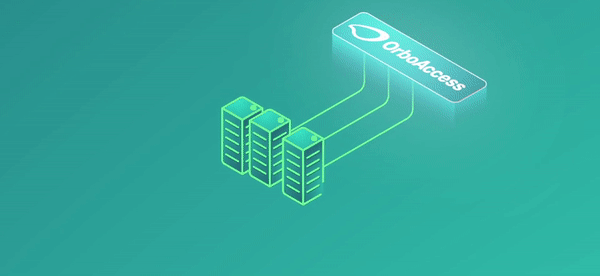Virtual Cards: Many Benefits, But Reconciliation Isn’t One of Them
Speaking with PYMNTS.com, John Innes, CEO of ACH Process Company, described how the virtual card is sometimes an ideal payment method to optimize payment flows and support the cash flow for both ends of a B2B transaction.
Traditionally, healthcare payments between healthcare insurance companies and Third Party Administrators (TPAs) came in the form of paper checks and ACH, but each payment method has their drawbacks. Innovations in payments led to the introduction of a virtual card offering from the ACH Processing Company:

Introducing a virtual card solution was the result of conversations with TPAs that sought a more efficient, digital means of paying healthcare providers. It's one of the largest value propositions of the virtual card: because it is digital by nature, visibility into the status of a transaction is augmented, and a payer can gain insight in real time to see that a transaction has occurred and been accepted by the other side.
Other benefits for payers include the virtual card's ability to negate the need for a TPA to obtain, manage and store securely the bank account details of a payee.
For payees, meanwhile, virtual cards offer greater immediacy of payment receipt than other methods like cash or ACH, a cash flow benefit Innes noted can be instrumental in the survival of many businesses. The contactless nature of virtual cards also offers convenience, as opposed to paper checks that must be physically handled to be deposited.
Additionally, virtual cards are able to support the cash flow of both sides of the transaction — for payee, through faster access to capital, and for payer, through access to cash-back rebates.
Drawback: Payment Reconciliation
As outlined above, there are a bevy of benefits to offering virtual cards as a payment option. However, the largest drawback is no clear method of payment reconciliation for the provider. When considering the added mix of payments, i.e. ACH, checks, and virtual cards, reconciling to EOBs/EOPs and EDI 835 files, makes for added complexity to the process. The result is an increase in research and added spreadsheets of transactional data.
In addition, distinguishing virtual card payments is difficult, as it is not a standard payment and is not readily available within reports. In many systems, virtual card payments are not a recognized payments, requiring some type of coding or augmentation to the system to fully recognize the payment type for accurate reporting.
When we look at the case of paper-based remittances and EOBs/EOPs, these payments have the advantage of reassociation as a means to properly associate it to the claim/patient.

We've heard directly from a variety or providers that virtual cards add complexity to the reconciliation process. Heck, payment reconciliation has been a challenge for the healthcare industry for quite some time. However, there are solutions which incorporate any payment type as part of a master reconciliation tool. Ultimately, some degree of integration with the PM/HIS system is the ideal scenario.